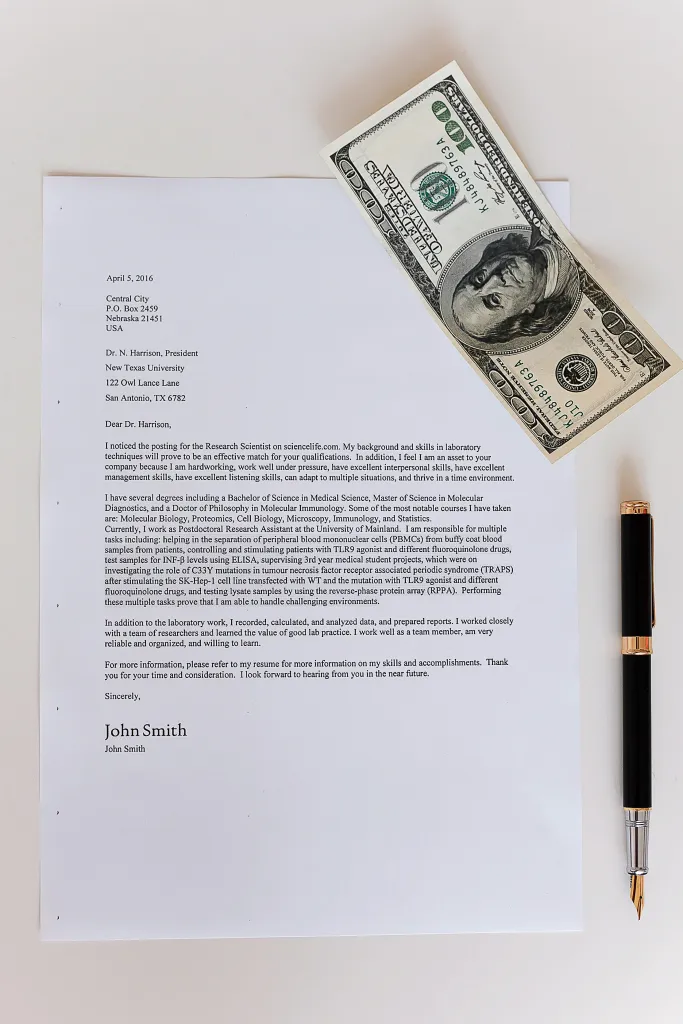What is a Cover Letter?
A cover letter is a crucial document that accompanies your resume when you apply for a job. It serves as your introduction to the hiring manager, providing a concise overview of your qualifications, skills, and why you’re a suitable candidate for the position. Think of it as your personalized sales pitch, where you have the opportunity to express your interest in the role and demonstrate how your experience aligns with the job requirements. A well-crafted cover letter can significantly increase your chances of getting noticed and securing an interview. It’s your chance to make a positive first impression and set yourself apart from other applicants. This document is a vital part of the job application process, and it should be approached with care and attention.
Cover Letter Structure
A well-structured cover letter ensures that your message is clear, concise, and easy to read. It typically follows a standard format that includes several key sections. Understanding the structure helps you organize your thoughts and present your information in a professional manner. Following the standard format allows the hiring manager to quickly grasp the essence of your qualifications and interest in the role. A cover letter’s structure must be impeccable.
Contact Information
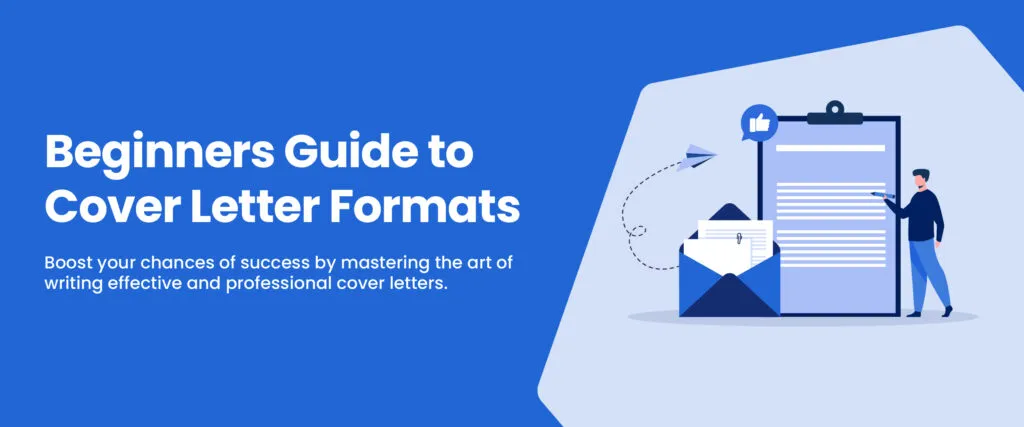
Start with your contact information at the top of the letter. This typically includes your full name, address, phone number, and email address. Ensure the information is accurate and up-to-date. It’s important to make it easy for the hiring manager to reach you if they want to schedule an interview or ask any questions. Double-check the details to avoid any errors. Having your contact information correctly ensures that you can be reached by the hiring manager for the job.
Professional Greeting
Address the hiring manager or the specific person listed in the job description. Use a formal greeting like ‘Dear Mr./Ms./Mx. [Last Name]’. If you can’t find a name, use a general greeting such as ‘Dear Hiring Manager’ or ‘Dear [Company Name] Hiring Team’. Avoid casual greetings as it sets a professional tone from the beginning. Research the company to find the appropriate contact person, or, if unavailable, use a professional greeting. This demonstrates your attention to detail and respect for the recipient.
Opening Paragraph
In the opening paragraph, state the position you are applying for and how you learned about the opportunity. Briefly mention your most relevant qualifications and express your enthusiasm for the role and the company. Make your opening statement attention-grabbing. This immediately tells the hiring manager what job you’re interested in and why. This paragraph sets the stage for the rest of your letter, so make it count. Mention your passion for the role and company at this point.
Body Paragraphs
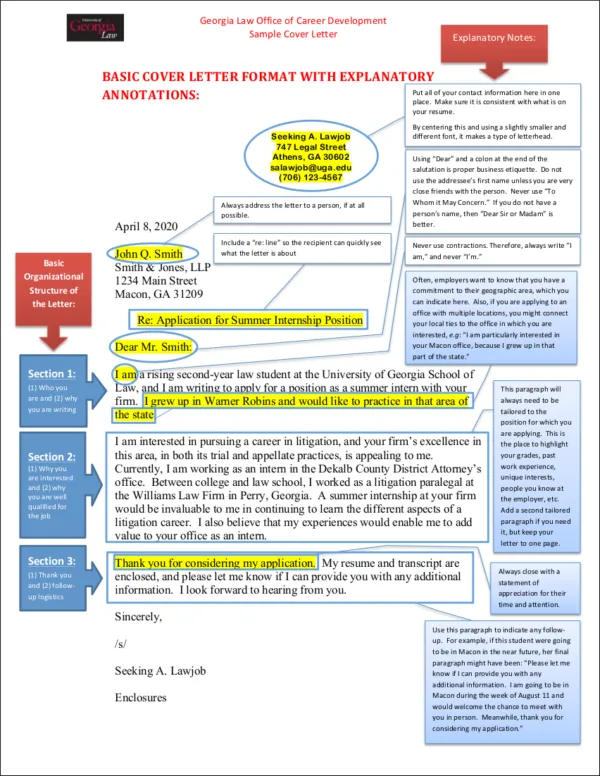
The body of the cover letter is where you elaborate on your skills, experience, and accomplishments. Use a few paragraphs to highlight how your qualifications match the job requirements. Provide specific examples from your work history that demonstrate your abilities and results. Quantify your achievements whenever possible to showcase your impact. Tailor the content to align with the job description, emphasizing the skills and experiences most relevant to the role. The body is where you build your case and convince the hiring manager to consider you for an interview.
Closing Paragraph
In the closing paragraph, reiterate your interest in the position and thank the hiring manager for their time and consideration. Express your enthusiasm for the opportunity to discuss your qualifications further. Include a call to action, such as stating that you’re available for an interview. Keep it concise and professional, leaving a positive impression. Restate your enthusiasm for the opportunity to work in the company and express your readiness to discuss your qualifications further.
Proper Sign-off
End your letter with a professional sign-off, such as ‘Sincerely’, ‘Best regards’, or ‘Respectfully’. Type your full name below the sign-off. If submitting a physical copy, leave space for your signature above your typed name. Ensure your sign-off is professional and appropriate for the context. The sign-off is the last element of your cover letter, so ensure it ends on a professional note.
Cover Letter Content Essentials
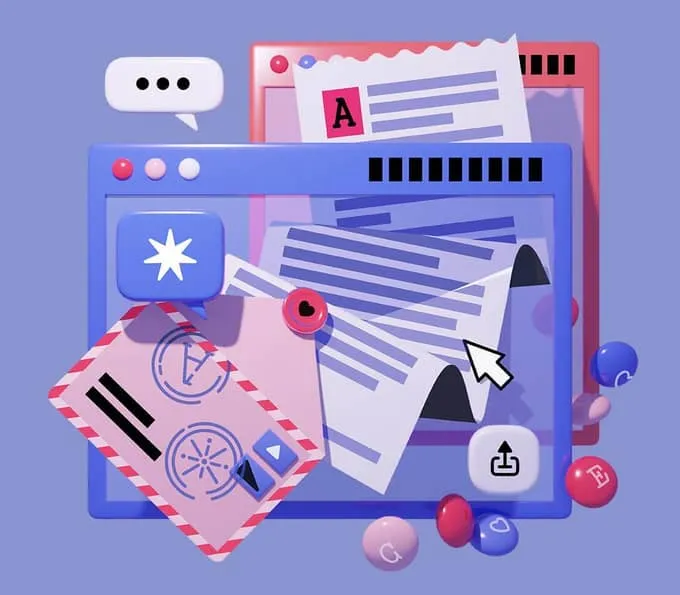
The content of your cover letter is what truly makes it stand out. To impress potential employers, focus on highlighting your skills, enthusiasm, and how you fit the specific job requirements. You must always show that you have the necessary qualifications and a genuine interest in the role. Cover letter content essentials will guide you to prepare the perfect cover letter.
Highlighting Skills and Experience
Carefully review the job description and identify the key skills and experiences the employer is seeking. Use your cover letter to showcase how your background aligns with these requirements. Provide specific examples of your accomplishments and quantify them whenever possible. Use action verbs to describe your experience. Tailor your letter to emphasize the skills and experiences that are most relevant to the specific job you’re applying for. This directness demonstrates that you are a good fit for the role.
Showcasing Enthusiasm and Fit
Demonstrate your genuine interest in the company and the role. Explain why you’re excited about the opportunity and what attracts you to the organization. Research the company and mention specific aspects that resonate with you. Express your enthusiasm for the chance to contribute to their goals. Show how your personal and professional values align with those of the company. Enthusiasm makes you stand out from candidates who are just looking for a job. Show you are the right fit for the job by showing that you are interested.
Tailoring to the Specific Job
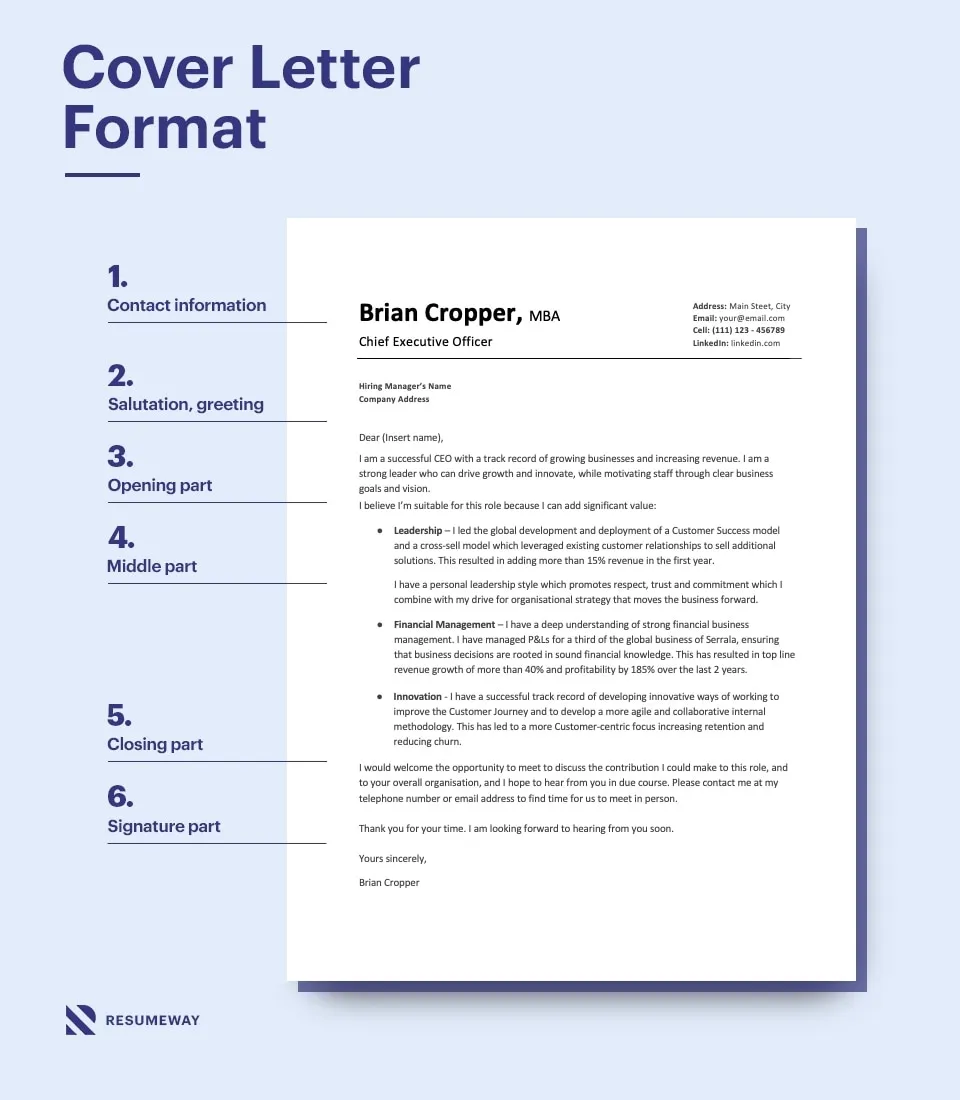
Avoid using a generic cover letter. Customize each letter to match the specific job description and the company. Highlight the skills and experiences that are most relevant to the role. Show that you understand the company’s needs and how you can contribute to their success. Take the time to research the company and tailor your letter to their specific values, culture, and goals. Tailoring is a critical element of a successful cover letter. Customize it for a specific job to increase your chances of getting an interview.
Formatting and Design Tips
The formatting and design of your cover letter contribute to its overall presentation and readability. A well-formatted letter is easier to read and makes a more positive impression. Pay attention to font choice, spacing, and overall design to ensure your letter is professional and visually appealing. Use these tips to enhance your cover letter.
Font Choice and Readability
Choose a professional and easy-to-read font, such as Times New Roman, Arial, or Calibri. Use a font size between 10 and 12 points. Ensure that the font is consistent throughout the document. Avoid using overly ornate or distracting fonts. A clear and consistent font choice enhances readability and professionalism. Your font must be easy to read, which makes a good impression on the hiring manager.
Use of White Space
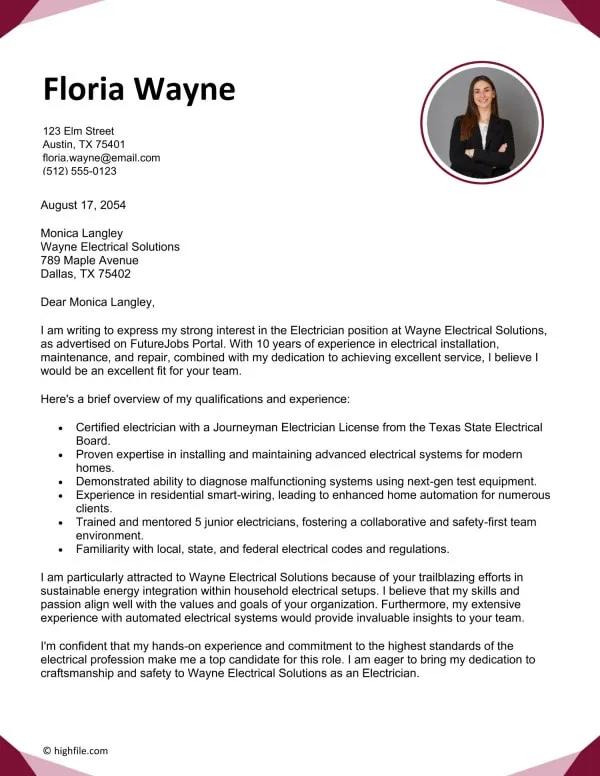
Use white space effectively to make your cover letter visually appealing and easy to read. Use margins of at least 1 inch on all sides. Add space between paragraphs and sections to create visual breaks. Avoid overcrowding the text, as this can make the letter appear cluttered and overwhelming. White space improves readability and makes your letter look more polished. Keep the white space, margins, and spacing consistent.
Proofreading and Editing
Proofread your cover letter carefully for any errors in grammar, spelling, or punctuation. These errors can detract from your professionalism and make a negative impression. Use a spell checker and grammar checker, but don’t rely on them entirely. Read your letter aloud to catch any awkward phrasing. Ask a friend or family member to proofread it as well. Proofreading ensures your letter is polished and error-free, and that it reflects your attention to detail. Proofreading and editing your letter is a crucial step.
Common Cover Letter Mistakes to Avoid
Avoid common mistakes that can negatively impact your chances of getting an interview. These mistakes can be detrimental to your application. Understanding these pitfalls and taking steps to avoid them can significantly improve the quality of your cover letter and increase your chances of success.
Generic Letters
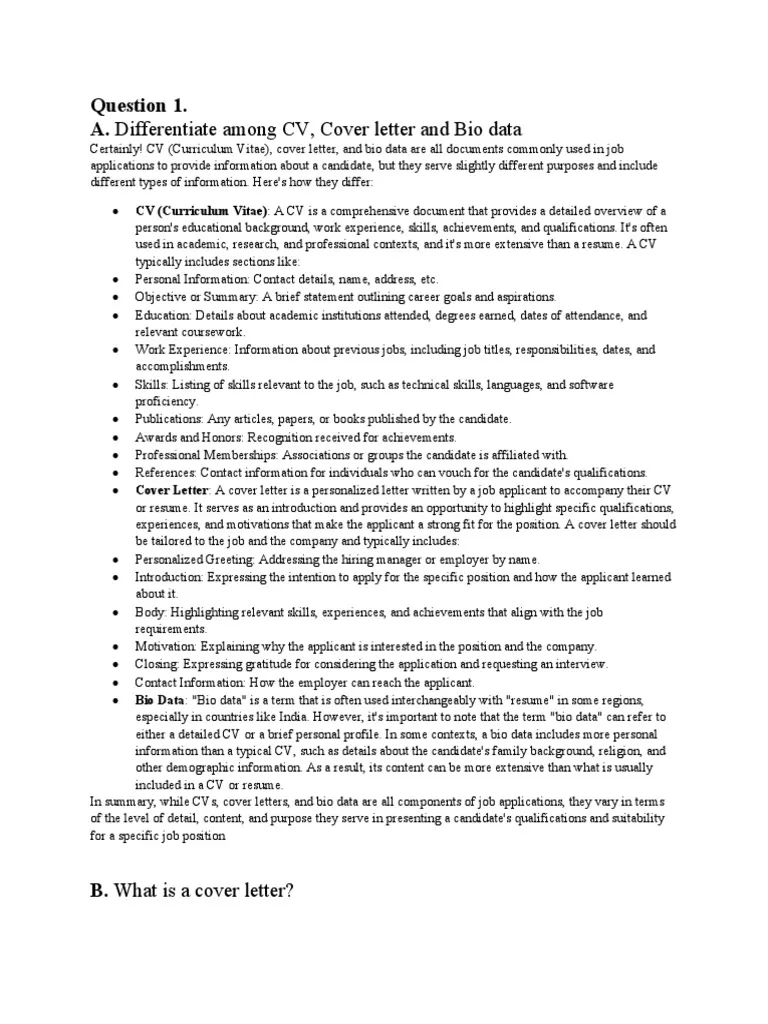
Avoid sending generic cover letters that aren’t tailored to the specific job or company. Use a template to save time, but always customize the content to match the requirements and the culture of the company. Generic letters show a lack of effort and interest, which can lead to rejection. The hiring manager will recognize a generic letter. Customize the letter to improve your chances.
Typos and Grammatical Errors
Carelessly written cover letters filled with typos and grammatical errors reflect poorly on your attention to detail. Always proofread and edit your letter carefully. Use spell-check and grammar-check tools to catch errors, but don’t rely on them entirely. Ask someone else to proofread your letter as well. Proofread your letter before submitting it. Errors can have a negative impact on the hiring manager.
Ignoring the Job Description
Failing to address the specific requirements and keywords mentioned in the job description demonstrates a lack of understanding of the role. Tailor your cover letter to highlight your skills and experiences that are most relevant to the job requirements. Use the job description as a guide to ensure your letter aligns with the needs of the position. Always include the requirements of the job in the cover letter. Failing to do so can hurt your chances.
The Power of a Strong Cover Letter
A well-crafted cover letter can significantly improve your chances of getting an interview and landing your dream job. It’s a valuable opportunity to showcase your skills, experience, and enthusiasm for the role. By following the guidelines and tips outlined in this guide, you can create a compelling cover letter that grabs the attention of hiring managers and sets you apart from the competition. A cover letter is a powerful tool in the job search process. Use this guide to prepare yours.
